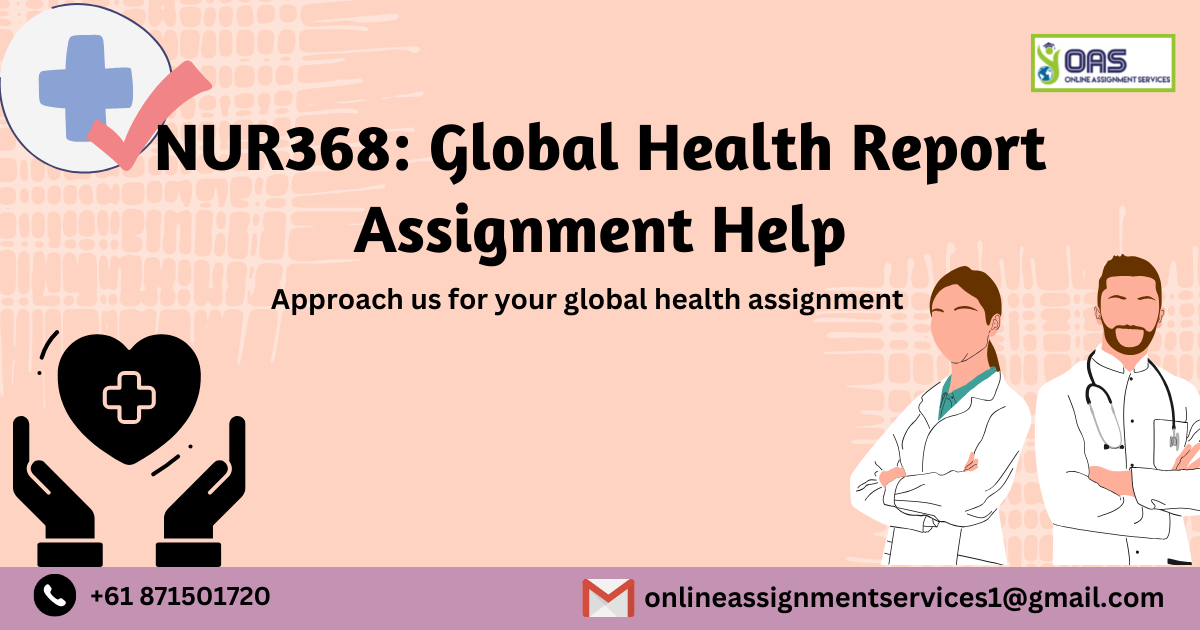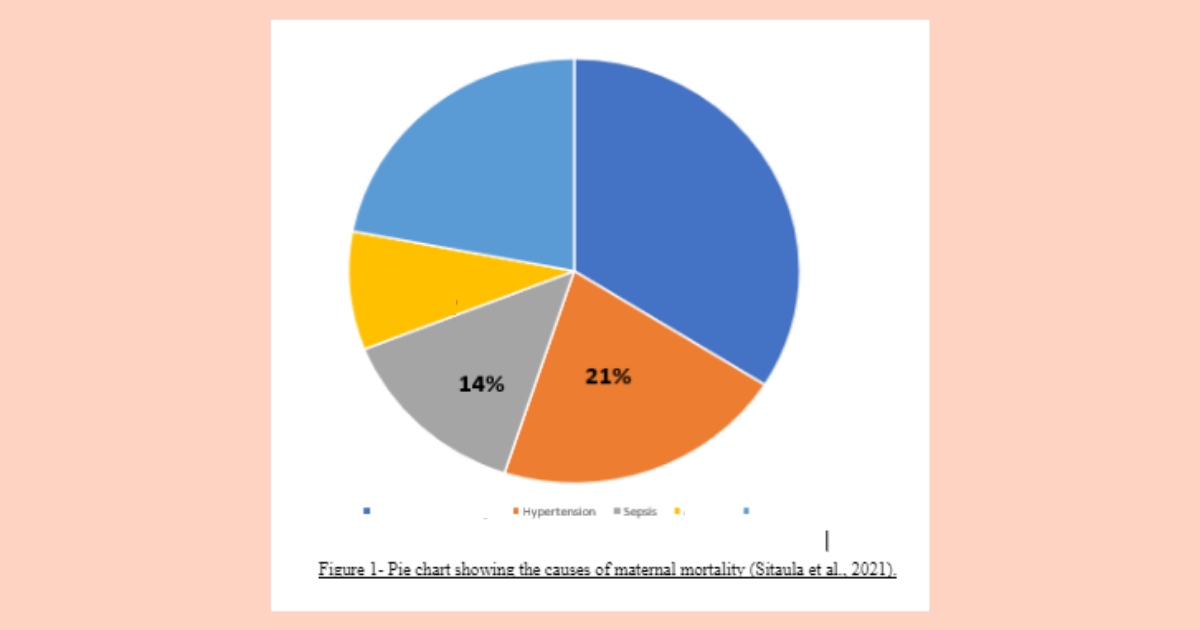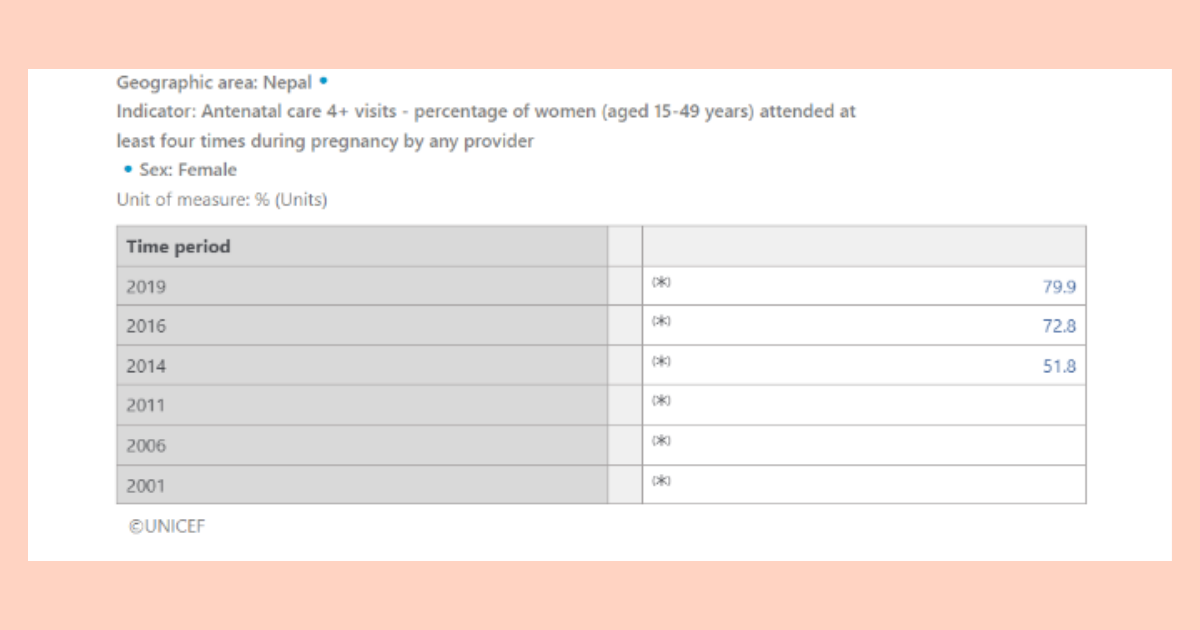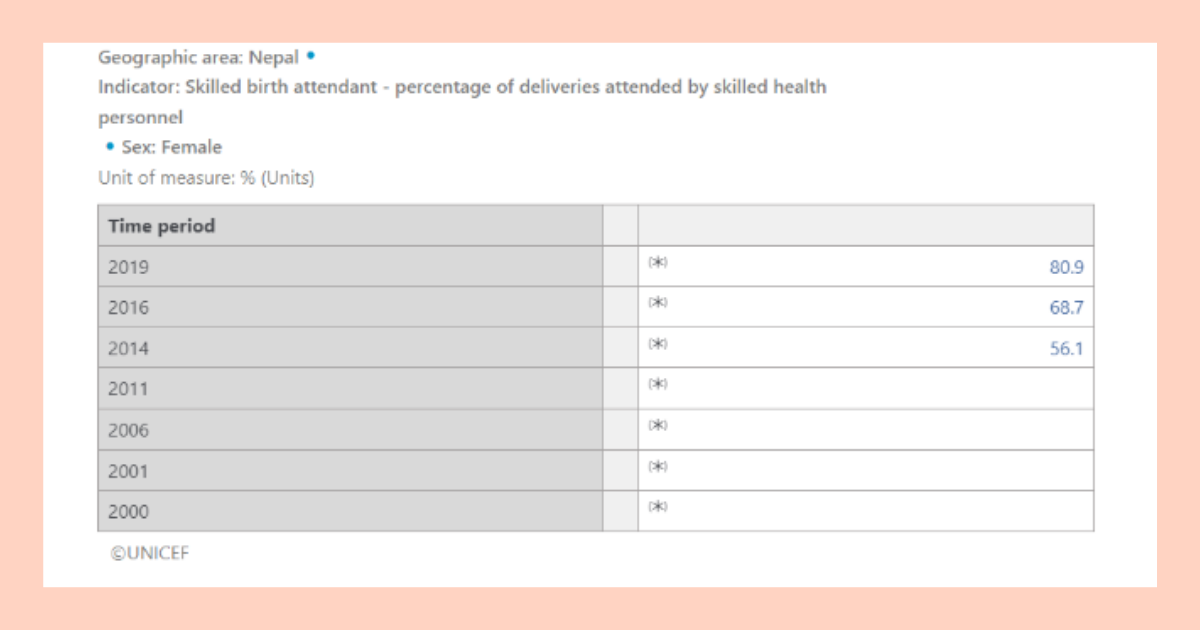NUR368: Global Health Report Assignment Help

Question
NUR368: This is a report-based assignment for Charles Darwin University where the students are required to think of one strategy related to global health and assess how effective it is in any country except Australia. Students have to remark on both the development process for the strategy as well as its implementation. Additionally, the potential impact of the strategy on the needs of the targeted population also needs to be highlighted.
Solution
The solution delves into the health issue of maternal mortality in Nepal. Our experts have written a comprehensive report assessing the strategies aimed at addressing this challenge. The solution incorporates the following sections- an Introduction, Problem Statement, and Global Health Strategy, followed by a brief Conclusion.
Introduction
Firstly, a brief introduction is provided in which our experts have put forth a forgrounding to this issue of maternal mortality in Nepal. Additionally, our experts have also clearly stated the purpose of writing this report.
Mothers are said to be the nurturers and protectors of life across the world. They are the supporters of community whether large or small but still it is a dream for many women to see and feel this surreal experience of being a mother and producing a life. Bringing a child into the world can be a nightmare for many women worldwide even today. The reality that we know today is unacceptable and heartbreaking. Many mothers and newborns continue to die every year from causes we know how to prevent which make maternal mortality a global health challenge. One can say the maternal mortality is the end of life of a pregnant woman or within six weeks post-delivery, without considering the term of the pregnancy, from any reason linked to or degraded by the pregnancy or in managing it, but not from incidental/accidental reasons (Sitaula et al., 2021). Despite of having sufficient and improved knowledge on the ways to prevent maternal deaths, more than 3.5 Lakh women succumb to death annually because of pregnancy and at the time of giving birth of a child [5]. Maternal mortality is the biggest reason of increase in female deaths during the reproductive years. According to the data from WHO the largest share of maternal mortality is owned by the sub-Saharan and African country however Nepal which is a south Asian country has its fair share towards increasing the global maternal mortality burden.
Need the complete introduction of the solution? Call us at +61 871501720 today.
Problem statement
In this section, the problem underlying the maternal mortality is critically analysed in detail. The reasons mentioned here by our experts are supported with appropriate data of the targeted people of Nepal and global health related statistics.
Of the many reasons of maternal mortality is unavailability of proper prenatal care. Prenatal care is rarely used in Nepal, where at every four hour a woman succumbs to death from reasons related to pregnancy. As per Nepal Demographic Health survey (2006), more than 80 percent women delivered babies at home in the absence of Skilled Birth Attendant and all four recommended prenatal consultations were made by only 29 percent of them.. Prenatal care, which assists women in identifying complications and potential dangers and provides direction for planning a safe delivery, has been demonstrated to be an important component of maternal health in several scientific studies. The delivery of iron, foliate, and malaria prevention, for example, can help to enhance women’s nutritional status, making them more equipped to survive hemorrhage and lengthy labor, as well as improve chronic anemia. Blood pressure monitoring can also help avoid toxemia-related fatalities. The importance of prenatal care visits extends beyond pregnancy because women who seek prenatal care are more likely to seek medical assistance during childbirth. As a result, prenatal care use is a key factor of safe delivery care, which can help reduce maternal mortality (Shrestha, 2022).

Did you like the answer written by our experts? Let us help you as well. Reach out today- onlineassignmentservices1@gmail.com.

Global Health Strategy
Through evidence from a WHO report, the strategies relevant to the decreasing maternal mortality and improving the population of Nepal have been highlighted in this section by our experts.
As part of the new Sustainable Development Goals agenda by 2030, WHO issued “Strategies toward ending preventable maternal mortality (EPMM)” (EPMM Strategies) in February 2015, a report highlighting worldwide strategies and targets for the reduction of number of maternal deaths under the Sustainable Development Goals. After an extensive consultation with stakeholders around the world, the EPMM Strategies report’s targets and strategies are made to be based on an approach that considers human rights of a mother and her baby that assures good health and focuses on curbing inequalities leading to less access of good and quality healthcare in a particular country as well as among countries (“The Sustainable Development Goals and Maternal Mortality”, 2022). This strategy has a global target of reducing the ratio of maternal mortality to ≤ 70 maternal deaths per 1 Lakh live births whereas a national target of reducing it by at least two-thirds from a particular country’s own 2010 records. A much higher target should be attained by the countries higher number of maternal deaths by 2030. Five critical goals were announced by the United Nations Population Fund (UNFPA) & WHO in October 2021 for making it easier for countries to return back on track to bring a decline in the rate of preventable maternal mortalities and keeping the track of the development toward the Sustainable Development Goals.
- The below data (“Data Warehouse – UNICEF DATA”, 2022) shows the current status of women in Nepal attending four or more antenatal care visits which shows that the target set by the EPMM strategy is yet to be achieved.

- The below data (“Data Warehouse – UNICEF DATA”, 2022) shows the current status of women in Nepal who are attended by skilled health personnel which shows that the target set by the EPMM strategy is yet to be achieved.

- The below data (“Data Warehouse – UNICEF DATA”, 2022) shows the current status of women in Nepal getting access to postnatal care within two days of delivery which shows that the target set by the EPMM strategy is yet to be achieved.

This is only 50% of the solution. To know more, WhatsApp us at +447956859420.
Conclusion
This last section provides a summary highlighting all the significant findings of the report. Keep reading to know how our experts have written a brief yet informative conclusion.
Nepal had a maternal mortality rate of 186 deaths per 1 Lakh live births in the year of 2017. The rate decreased at a moderate rate in the years between 2003 & 2017. Number of deaths per 1 lakh live birth in 2003 was 470 which whereas it got decreased to 186 in the year of 2017. (“Nepal Maternal mortality ratio, 1960-2021 – knoema.com”, 2022). The prime cause for Nepal’s stagnation in maternal mortality reduction is the ongoing challenging task of providing maternity services which are good in quality, enough skilled human resources, good equipment & infrastructure, good access to health facilities, particularly in the hilly areas. There are enough measures, strategies, policies and programs in Nepal for the betterment of maternal health, safe motherhood promotion but their monitoring and executional part is lacking.
This is only a snippet of the answer written by our expert. To know more, don’t hesitate to WhatsApp us at +447700174710.

